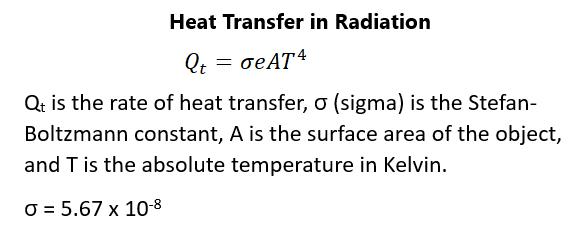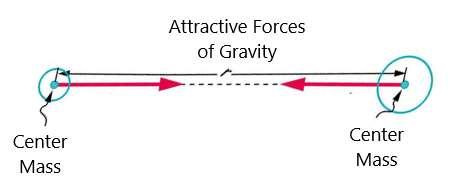STABLE EQUILIBRIUM There are three types of equilibrium: stable, unstable, and neutral. A balanced system has the center of gravity or CG directly over the pivot point. This can be seen in the case of a person standing balanced over a lever. There may be arms and legs on the person but the center of gravity is balanced over the lever. A system is in stable equilibrium if, when there is displacement, there is a net force or torque that is opposite to the direction of the displacement. A round object in a bowl will experience a restoring force when displaced from its equilibrium position that forces the object back toward its equilibrium. Most systems are in their stable equilibrium. Unstable equilibrium is when there may be a force that is in the same direction as the displacement from the equilibrium. This would the same thing as a ball on top of a hill. A system is in neutral equilibrium if its equilibrium is independent of displacements from its original position. A marble or pencil lying flat on a horizontal surface is an example. This is also true of a marble on a saddle, which is stable in one direction but unstable in another direction. A pencil lying horizontally on a surface is in limited neutral equilibrium because it can be displaced in one direction but not in another direction. Figure 47 shows these types of equilibrium:
Figure 47.
110




































































